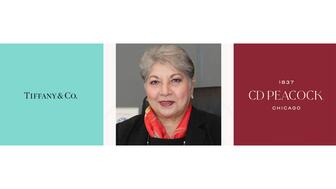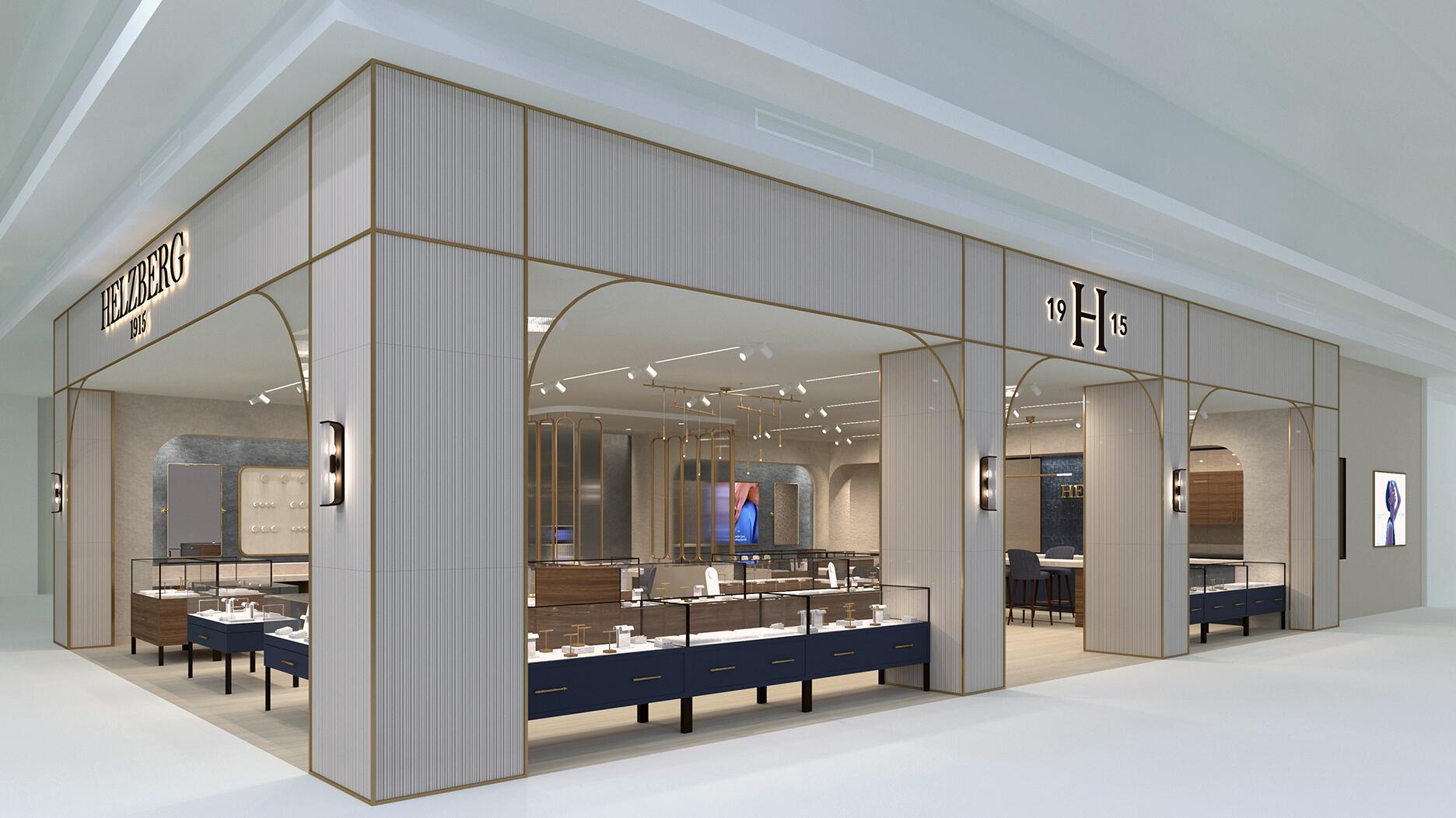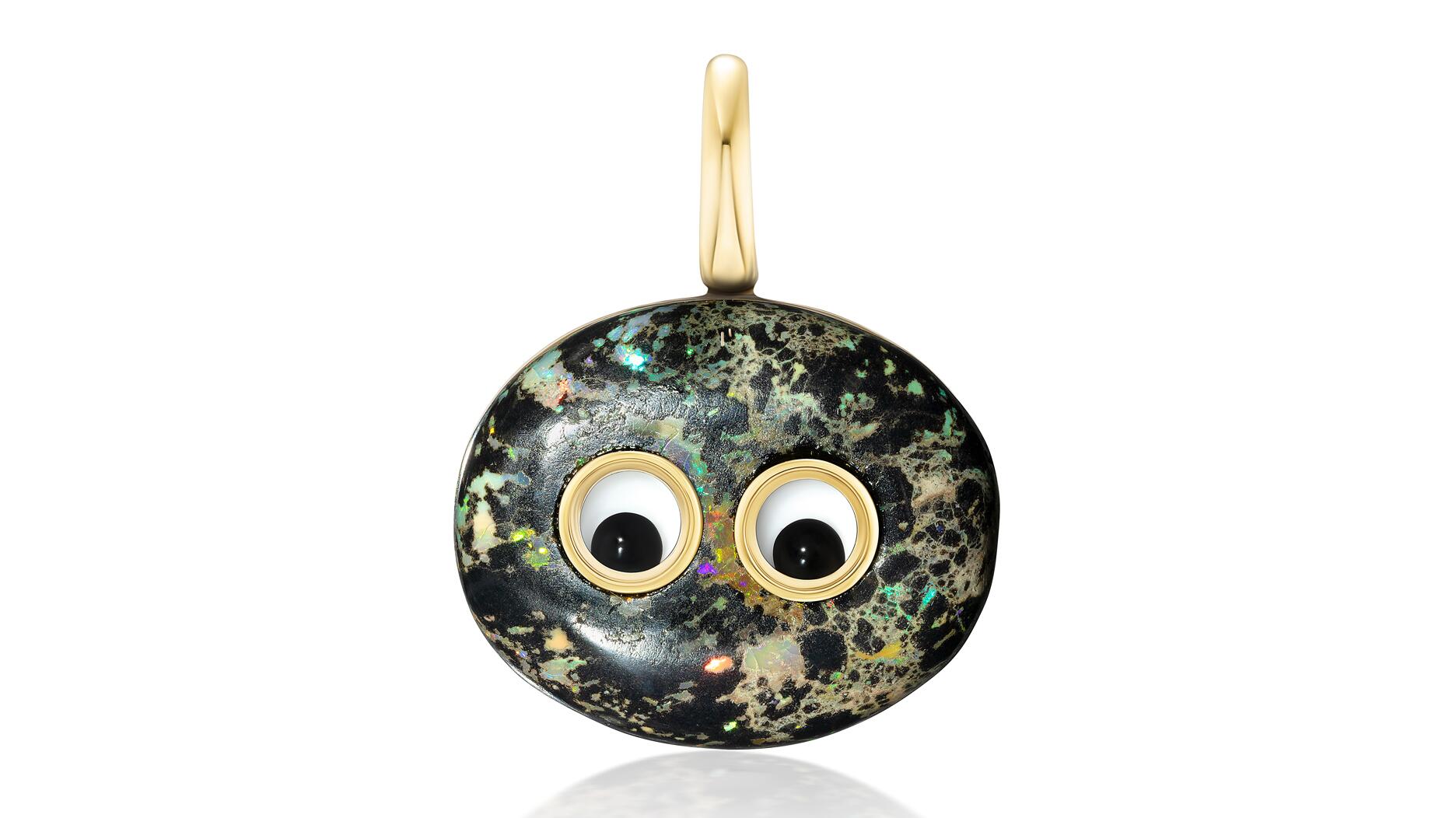The former BHP Billiton leader and Gemfields chairman is remembered for his influential leadership throughout his 50-year mining career.
New Year, New Generation: 5 Things to Know About Gen Z
Generation Z is the group immediately following the millennials, and its oldest members are in their early 20s now.

Before we get too far into the new year, I would like to attend to some business from last year.
Just before Thanksgiving, I interviewed Jason Dorsey, president and co-founder of The Center for Generational Kinetics, about his company’s latest study on Gen Z, the generation immediately following Generation Y or, as they are better known, the millennials.
Headquartered in Austin, Texas, the center conducts annual surveys of millennials and Gen Zers to provide research to companies about their mindsets, worldviews and behavioral drivers.
Dorsey also speaks about the center’s findings—he gave a talk at a jewelry trade show a couple years back—and has authored a few books, including “Y-Size Your Business,” about hiring and retaining millennials.
I wanted to interview Dorsey because while we’ve written extensively about other generations, including the much-covered millennials and the “midults,” I don’t feel we’ve talked enough about the next generation.
The dates for Generation Z are still a bit murky, but, for the center’s survey purposes, Dorsey said they set the upper bound at 1996 because of the history-altering event that took place on a clear September morning in 2001.
Someone born in 1996 will turn 23 this year. When 9/11 happened, they would have been 5 or 6 years old and aren’t likely to remember much about it, unlike most millennials, who have more fully formed memories of that day.
The lower bound remains unset, but Dorsey said for the purposes of the 2018 study, they cut it off at 13.
Now, a couple thoughts about reporting on generational differences.
First, to talk about anyone’s generation is make sweeping generalizations about a huge group of people that aren’t going to apply to everyone.
Secondly, it is not a perfect science; in fact, it is not a science at all. It is a loosely defined set of dates, and the lines between generations are blurred at both the lower and upper bounds.
Born in 1978, I am technically Generation X but feel like I have more in common with older millennials than I do with my cousins who were born in the late ‘60s and early 1970s. There is, in fact, a term for individuals born between about 1977 and 1983 who exhibit a blend of Gen X and millennial traits—Xennials.
Similarly, younger millennials—those under 30—probably are going to be more similar in behavior to Gen Zers than the oldest
It’s also fair to note that a few of the traits outlined below are ones common among consumers of all ages today—checking reviews, for example, and loving Instagram—because technology has changed how many people shop, regardless of when they were born.
The Center for Generational Kinetics published its 2018 study on Generation Z in the fall.
Below are five of the standout points Dorsey shared in our interview.
A free copy of the entire report, “The State of Gen Z 2018,” can be downloaded from The Center for Generational Kinetics’ website.
1. It’s all about influencers, though not necessarily the biggest ones.
Members of Generation Z look to online influencers, more so than traditional spokespeople like celebrities or athletes, when it comes to making decisions about what they want to buy.
According to the study, nearly half—46 percent—follow more than 10 influencers on social media, and that number is even higher among women.
Influencers are so, well, influential with this crowd that Gen Z even sees it as a career path. Dorsey said they tell the center’s researchers that they want to be influencers, much like the way people of previous generations would list careers like lawyer or astronaut. Wow.
I asked Dorsey what consumers in this age bracket think of the whole issue of disclosure—that influencers are supposed to tag posts in a way that makes it obvious it is an ad but many don’t.
He said they think they can discern when it is an ad, or they just assume it is one, and that the influencer is getting money and/or free product from the brand.
“The trust is in the person. They are assuming to some degree, at some level, the personal really does believe in this product or service. Now whether that’s true, we don't know,” Dorsey said.
If influencers are promoting products/services that turn out not to be as advertised, that will eventually catch up with them.
There is also an increase in interest among this generation in what are known as micro-influencers (less than 10,000 social media followers) or nano-influencers (less than 1,000), people who have far fewer followers than, say, Gen Z juggernaut Kylie Jenner (123 million followers on Instagram) but are seen are less commercial and more legitimately passion about the product they are sharing.
2. They read multiple reviews.
The survey showed that Gen Zers read at least three reviews before making a first-time purchase, looking at Google, Facebook and other platforms, like the comments on Instagram.
Regardless of whether they are 23 or 13, “They’re conditioned to see what other people are saying about this (product or service,),” Dorsey said.
“Whatever your price point is, you’ve got to have ratings and reviews. Don’t think because it’s targeted at a younger demographic they are not reading reviews, because that’s not the case.”
3. The No. 1 platform for engaging with members of Generation Z is …
Instagram. Start using it if you haven’t already and be consistent.
4. Their default screen is not a TV.
It is their smartphone and/or tablet.
They love YouTube, and it’s not just about viral videos or watching influencers. The survey shows that the video website is the No. 1 place they go to learn about a potential employer.
5. They are a lot like their grandparents.
Whereas millennials were the children of baby boomers, members of Generation Z (again, ages 23 to 13) are the children of Generation X (roughly now 39 to 54) and even some older millennials, and the grandchildren of the baby boomers, who are now in their early-70s to mid-50s.
Just like the baby boomers were raised by the generation that lived through the Great Depression, Gen Zers were raised by parents who lived through the Great Recession, and they were raised in a way that makes them like their baby boomer grandparents.
Dorsey said they love to save money—according to him, 12 percent of Gen Zers are already saving for retirement—and they have a disdain for debt, generally avoiding overcharging on credit cards and choosing less expensive schools to avoid student loans piling up.
When they do make a purchase, they are looking to get the most value possible, to buy something that is durable and sustainable.
Dorsey advises retailers to emphasize the utility and value of their jewelry and watches utility—the fact that they will last a long time—rather than just selling them as luxury items.
“For jewelry, that messaging will be really important. We can’t just assume the next generation knows that.”
He also delivered one final piece of advice for jewelers: don’t sleep on the next generation, even though they are young and not necessarily out there buying fine jewelry now.
“Many, many people in the jewelry business waited too long to adapt to millennials,” he said. “In many cases, retailers got caught flat-footed.
“Take the time now to get to know Gen Z so you are on-trend and ready for them as they emerge, rather than playing catch-up later, which is much harder and more expensive.”
The Latest

The LVMH-owned brand has partnered with the costume design union to revamp its award for 2026.

The luxury titan inked a deal to acquire an initial minority stake in the jewelry manufacturer with a pathway to full ownership by 2032.

How Jewelers of America’s 20 Under 40 are leading to ensure a brighter future for the jewelry industry.

The company’s curation of unsigned vintage and estate jewelry debuted at the Bloomingdale’s in Costa Mesa, California.


In the recent multi-shipment seizure, CBP also found counterfeit Audemars Piguet, Moncler, and Chrome Hearts items.

Jewelers of America execs and National Jeweler editors discuss tariffs, the sky-high gold price, and the engagement that broke the internet.

Roseco’s 704-page catalog showcases new lab-grown diamonds, findings, tools & more—available in print or interactive digital editions.

The luxury goods company said founder Ippolita Rostagno will remain at the brand’s helm.

Laura Burdese, who joined the Italian luxury brand in 2022, will take on the role in July.

Need a gift for the cat lover who has everything? Look no further than our latest Piece of the Week.

It purchased the “Grosse Pièce,” an ultra-complicated Audemars Piguet pocket watch from the ‘20s, for a record-breaking price at Sotheby’s.

The lab-grown diamond grower now offers custom engagement and fashion jewelry through its Kira Custom Lab Jewelry service.

Chandler got his start at Michelson Jewelers and has served as DCA president and CEO since 2001. He will retire at the end of the month.

The boutique is slated to open this week inside Terminal 8, offering pre-owned Rolex watches and more to international travelers.

Sponsored by Digital Monitoring Products

The special-edition egg pendant ingested in a New Zealand jewelry store was recovered after a six-day wait.

Associate Editor Natalie Francisco plays favorites with Piece of the Week, selecting a standout piece of jewelry from each month of 2025.

The “Love and Desire” campaign is inspired by the magic that follows when one’s heart leads the way, said the brand.

Two awardees will receive free tuition for an educational course at the Swiss lab, with flights and lodging included.

Berta de Pablos-Barbier will replace Alexander Lacik at the start of January, two months earlier than expected.

Sotheby’s held its first two jewelry sales at the Breuer building last week, and they totaled nearly $44 million.

Winners will receive free registration and lodging for its fourth annual event in Detroit.

Here are six ideas for making more engaging content for Instagram Reels and TikTok, courtesy of Duvall O’Steen and Jen Cullen Williams.

The honorees include a notable jewelry brand, an industry veteran, and an independent retailer.

Carlos Jose Hernandez and Joshua Zuazo were sentenced to life without the possibility of parole in the 2024 murder of Hussein “Sam” Murray.

Yood will serve alongside Eduard Stefanescu, the sustainability manager for C.Hafner, a precious metals refiner in Germany.


























